7 Plans for winter in Gran Canaria
A different kind of winter in Gran Canaria allows visitors to continue to enjoy the huge variety of plans on offer on the island.
1. Winter flowers
In proper flower language, almond blossom announces the unexpected arrival of a joyous occasion, or at least the chance of something happy happening. The occasional visitor will find it both pleasant and surprising to see such colour in the middle of February, or some years even earlier, as they look over a landscape of delicate little pink and white blots provided by the flowering almond trees all around the hills and summit of Gran Canaria, in the valleys of Valsequillo, on the steep slopes of Tejeda, and even down in the great ravines to the south. It is like an expressionist painting, revealing just how nearly everything is possible in the mild winter of Gran Canaria.
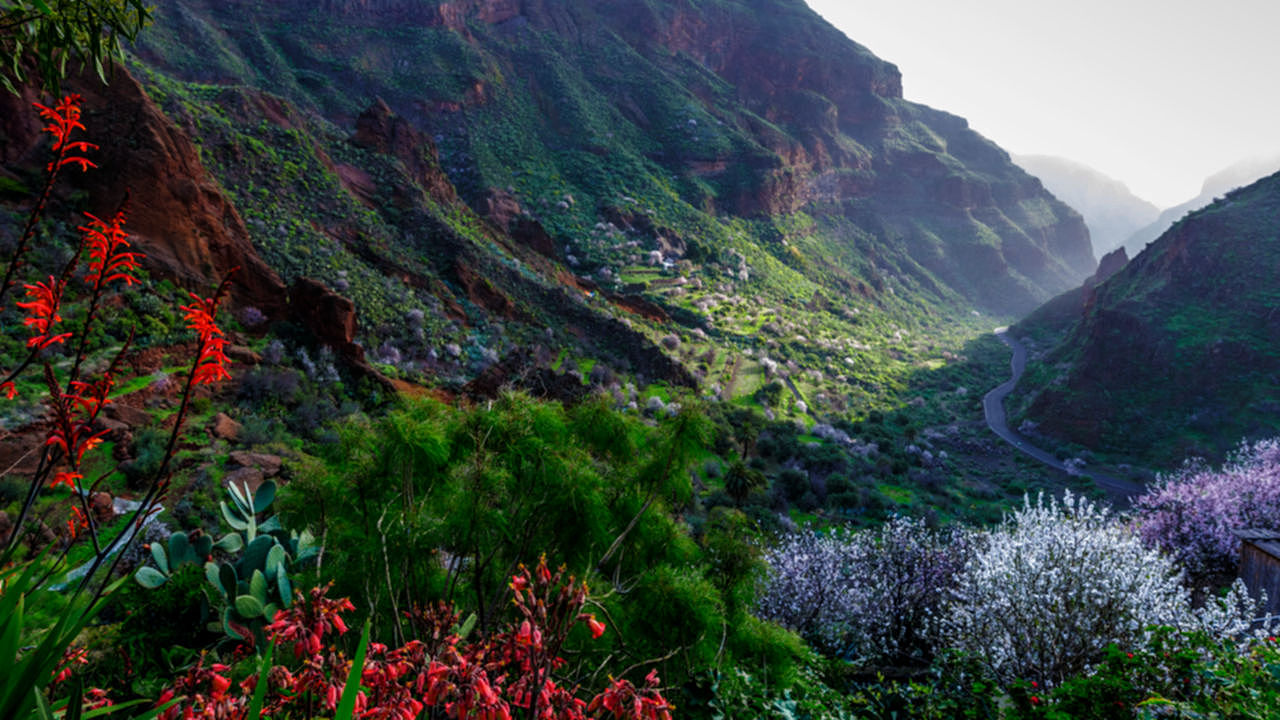
2. Welcome to my cave
Winter in Gran Canaria moves slowly forward and speaks in warm tones, drawing people together at snug little corners for a friendly chat, to stop for a while to take in the surroundings, and to savour the feeling of finding themselves in a place where changes in the seasons are just a matter of subtle nuances. These feelings are enhanced further at places like Guayadeque Ravine, a Natural Monument linked to the deep-rooted islanders’ culture, set in the interior of caves hewn out of stone, in the form of houses, a hermitage and restaurants, where fine meats are cooked directly over hot winter coals. Sitting in one of these kinds of establishments represents eating out at the heart of these Gran Canarian lands, literally. Welcome one and all to the cave. If you hear a deep yet pleasant rumbling voice rising up over the general hubbub, it might be hell saying hi from deep below.
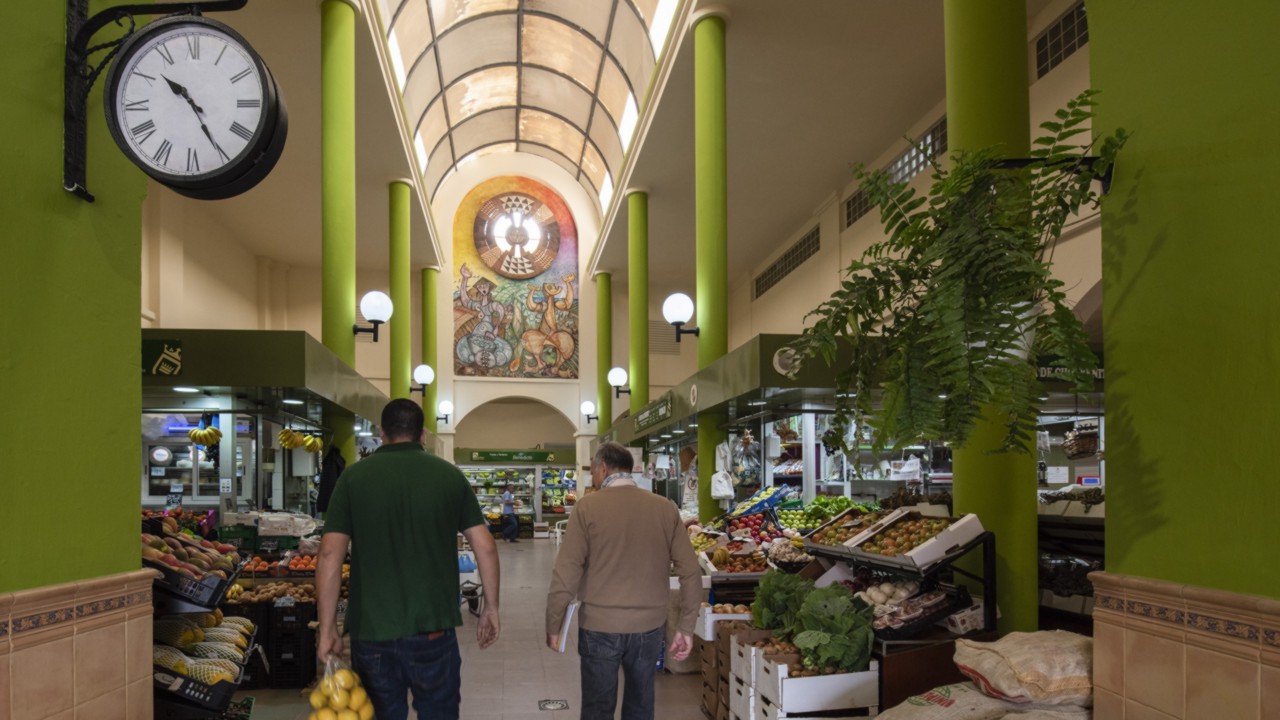
3. Go shopping while you take a stroll through history
The bustling town of Gáldar, at the northwest of Gran Canaria, simmers gently on the back of its long historical past. There are few places able to seamlessly combine the past and present as Gáldar does, as it perches on one of the most important pre-Hispanic settlements on the island at the age-old site of Agáldar. Remains of this highly active, ancient society continue to echo through to today around its shopping streets, with calle Capitán Quesada at the helm of the daily bustle. At one of its side streets is a real jewel, the Recova or Municipal Market, where the fruits, vegetables, cheese and honey will compete for your attention together with the paintings and sculptures that adorn the building. It is without doubt another essential stop off on your winter tour of Gran Canaria with a different slant.
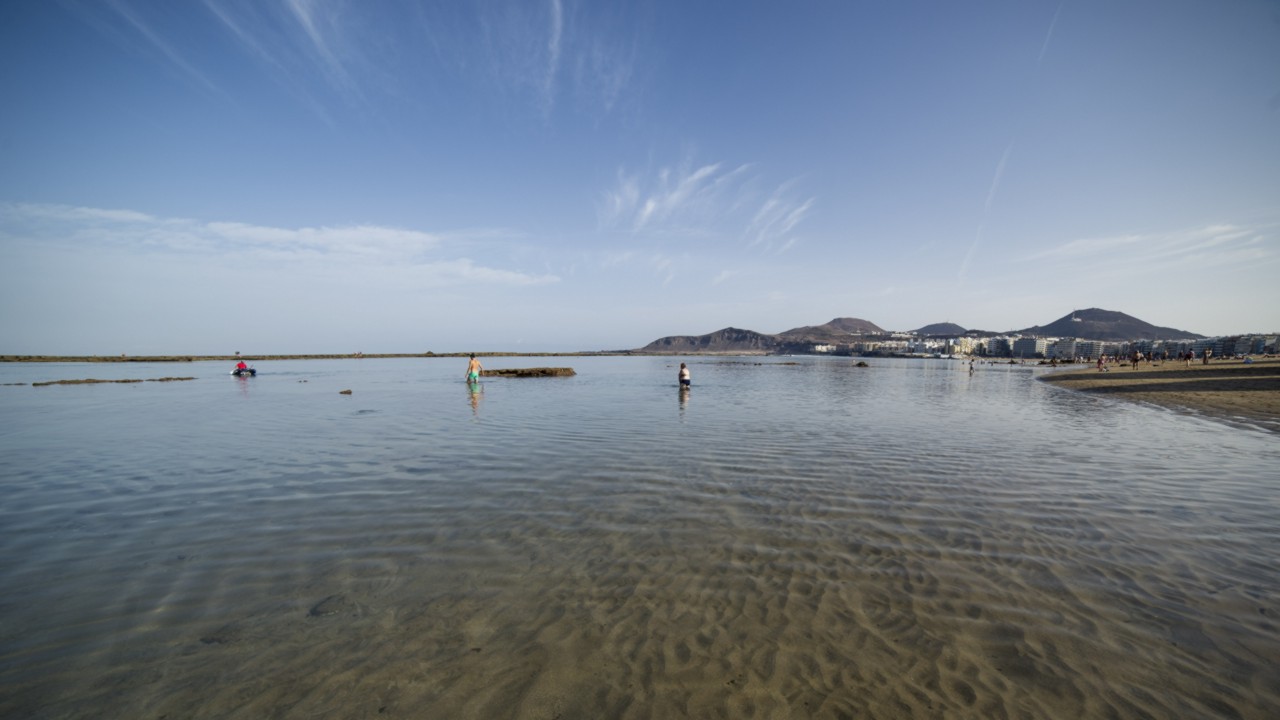
4. Look into a magic mirror
How long has it been since you last looked into a magic mirror? In Las Palmas de Gran Canaria you can find a really special one, perfectly clean and polished at wintertime, and ready to reflect your very best smile. The crystal clear waters at Playa Chica, one of the best spots along Las Canteras Beach, which is much more than a simple beach, is one of the daily departure points for those who take to the sea in a canoe or on paddle surf boards, which visitors can hire there and then, although we recommend booking beforehand. At low tide you can reach the famous Barra de Las Canteras, a volcanic reef that breaks up the incoming waves of the Atlantic, and which turns the waters inside it into a smooth, natural blue swimming pool, where fish can be easily spotted near the surface, whose moving colours barely change whether we are in summer or now in winter.
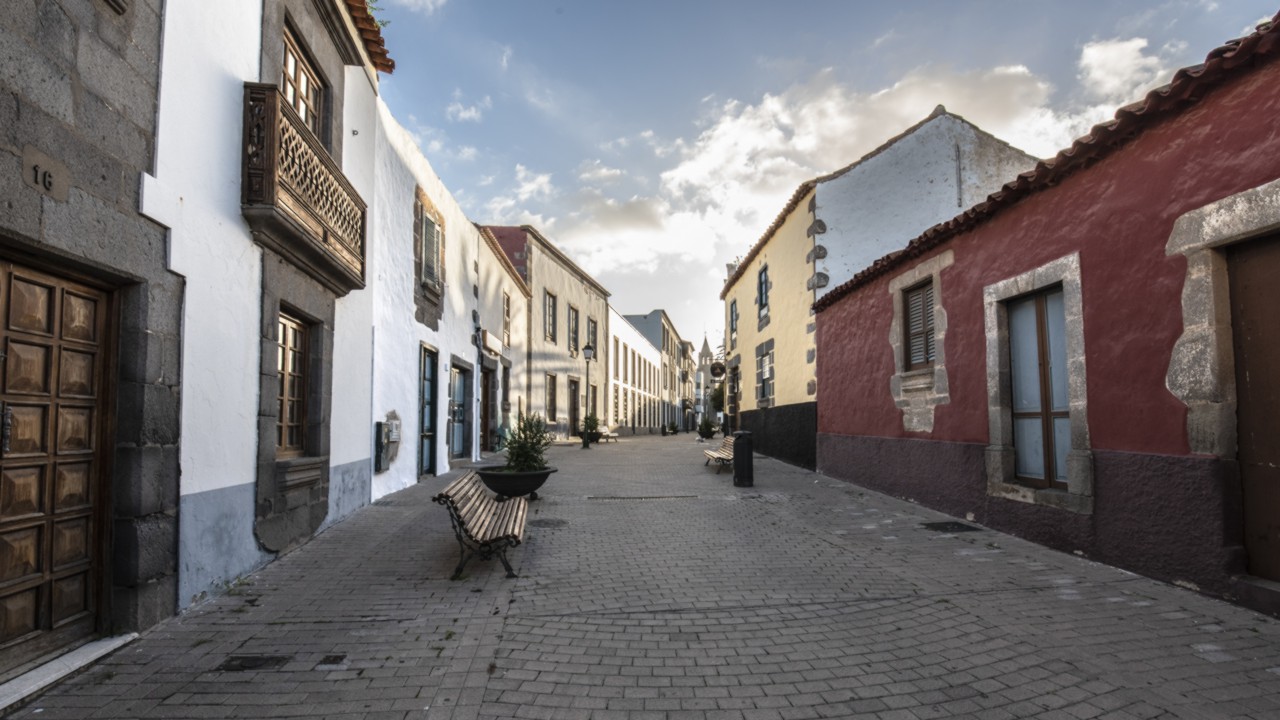
5. An appointment at the embassador’s house
Winter is a curious thing, and will take you by the hand through the history of Gran Canaria. At the historic and artistic area of San Juan and San Francisco, in Telde, the doors to the León y Castillo are opened to the public. The extraordinary 19th century architecture with its over-hanging balconies around elegant central courtyards provide a vivid reminder of politician Fernando de León y Castillo and engineer Juan de León y Castillo, two brothers who were key to the island’s development. The Maspalomas Lighthouse and the Port of La Luz de Las Palmas de Gran Canaria, carry their indelible seal. Fernando became Foreign Secretary, the Vice-president at the House of Commons, and the Spanish Embassador to France. The exhibition at the museum includes Spanish paintings from the 16th to 20th century, along with furniture, awards and sculptures.
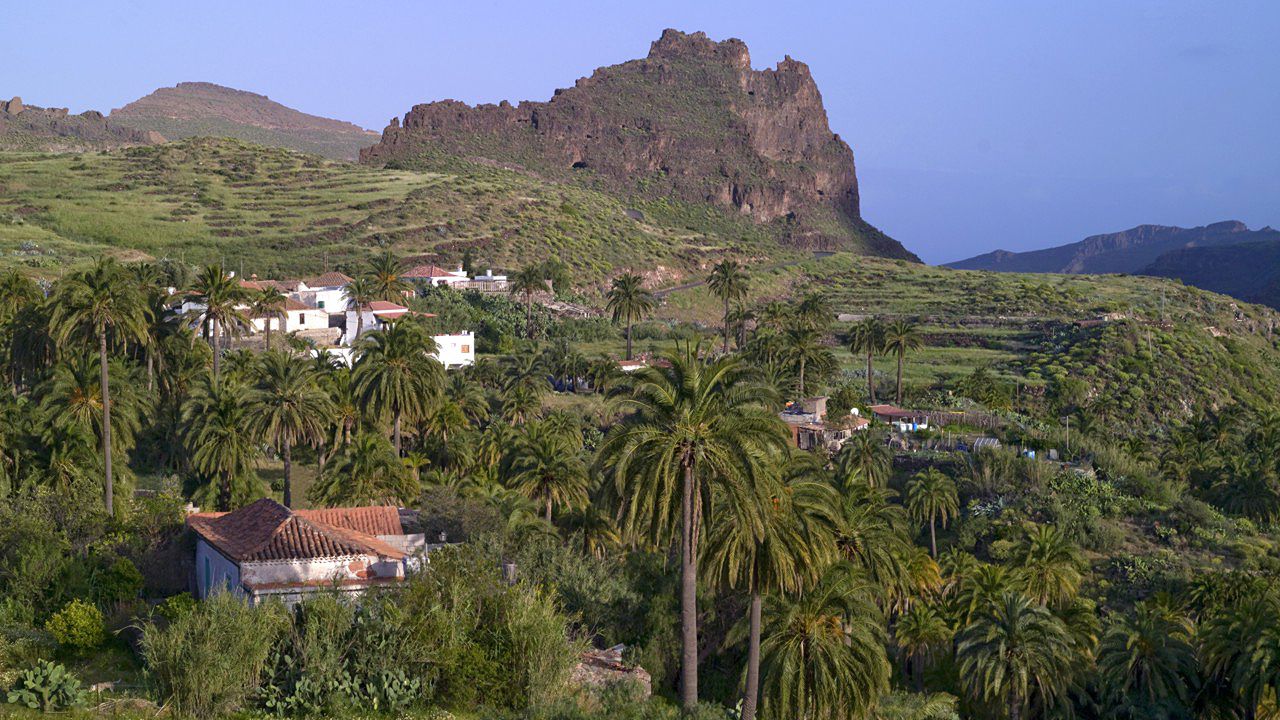
6. En route to La Fortaleza
Yes indeed, winter marches on, a far cry from the harsh conditions at other latitudes to the north. The bright natural light at this time of the year shines a near magical transparency all over the roads and footpaths that meander around the interior of Gran Canaria. Any one will do, but today we suggest you take on the highly accessible path that starts at the town centre of Santa Lucía and takes you to Llano de la Piedra, La Fortaleza Grande, La Fortaleza Chica and the neighbourhood around the reservoir at La Sorrueda, a huge, serene rock pool that sprouts up from the island’s core, and which pipes up with a melodic tune every time winter bears welcome rainfall.
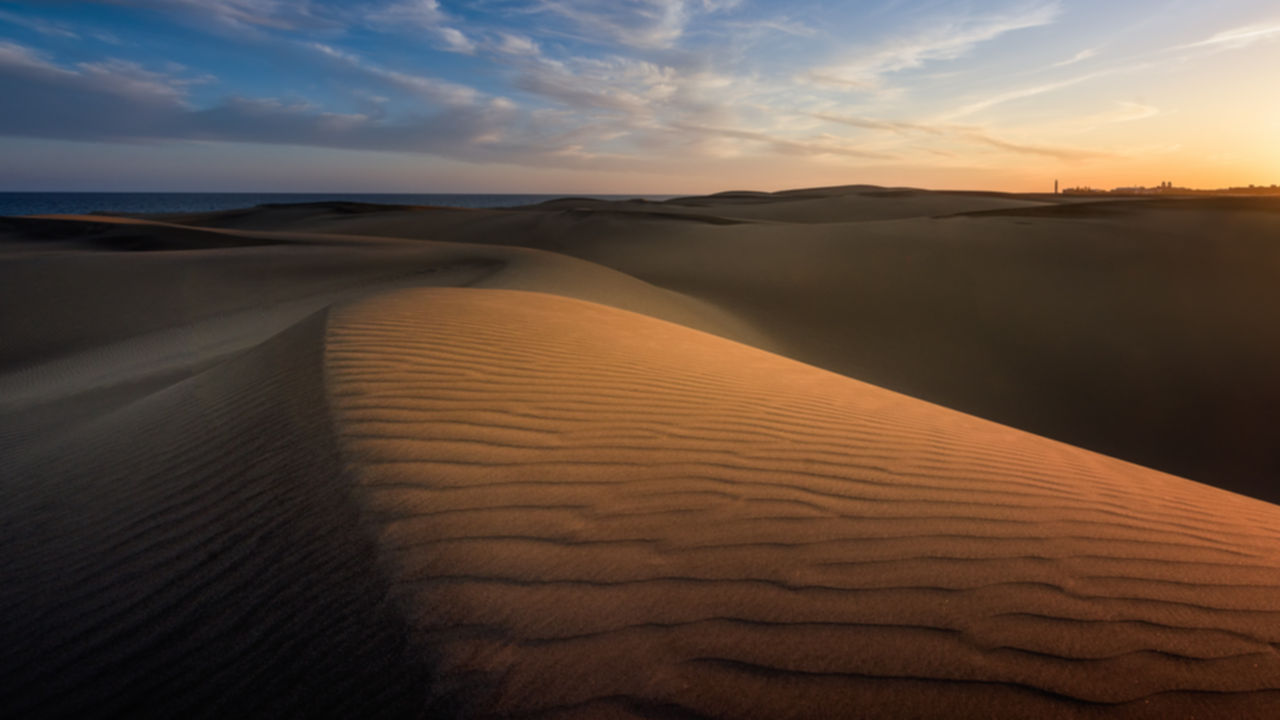
7. Listen to the tick-tock of the Atlantic
On an island such as Gran Canaria, sooner or later the time will come when you are drawn down to the sea, even if it is not part of your daily plan. It is an unwritten law. Millions will tell the same story, one which starts up at the summit, at a local market, on a footpath in Valleseco, a visit to a museum in Las Palmas de Gran Canaria, going dolphin-watching in the deep sea or on an excursion to Teror but which all finishes in the same way: watching the sun go down at Maspalomas, here at this winter location which is so different from any other, and where the word “impossible” is erased by the waves that come lapping back and forth up to the shore in its endless blue rhythym, mirroring the immense tick-tocking of the Atlantic.


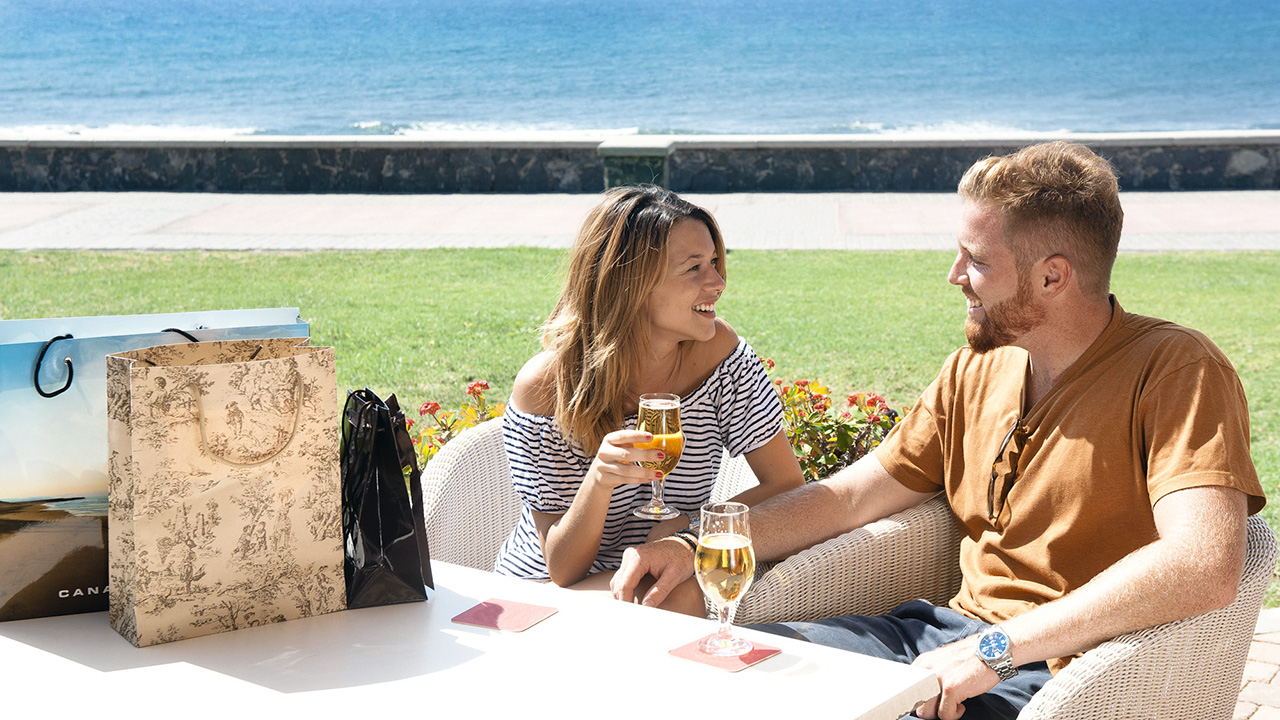
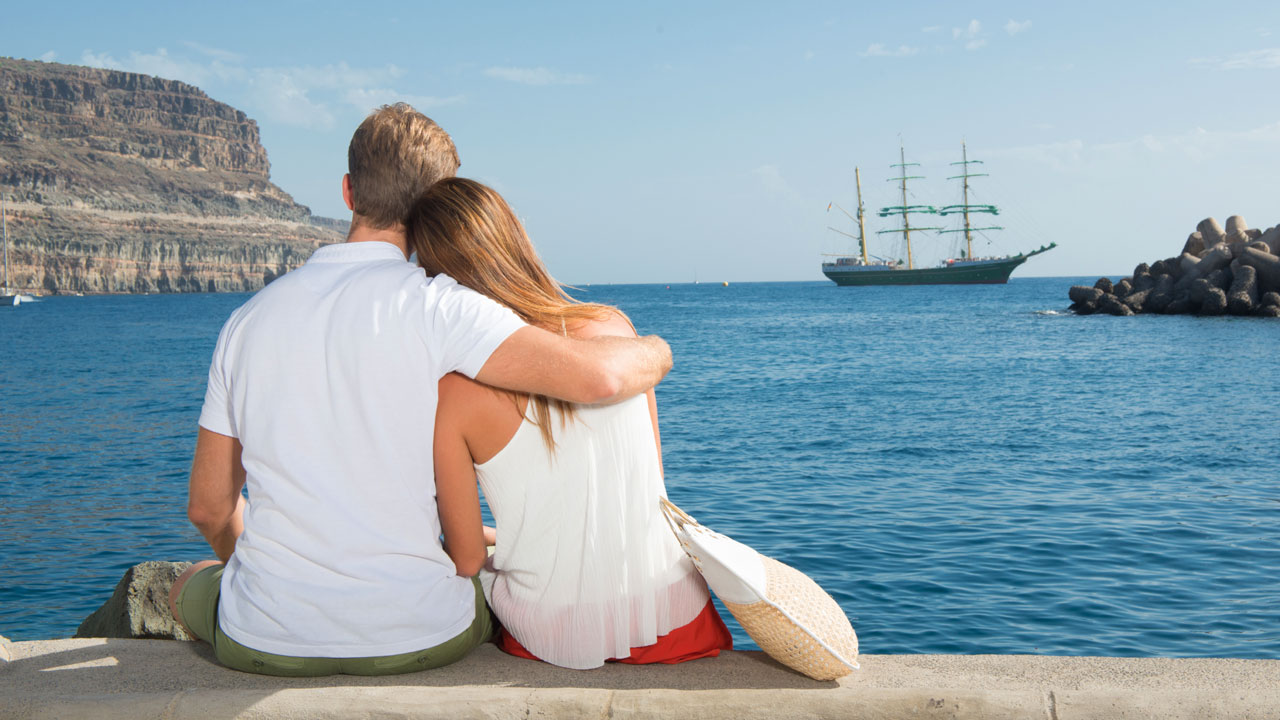
Comments are disabled for this post.